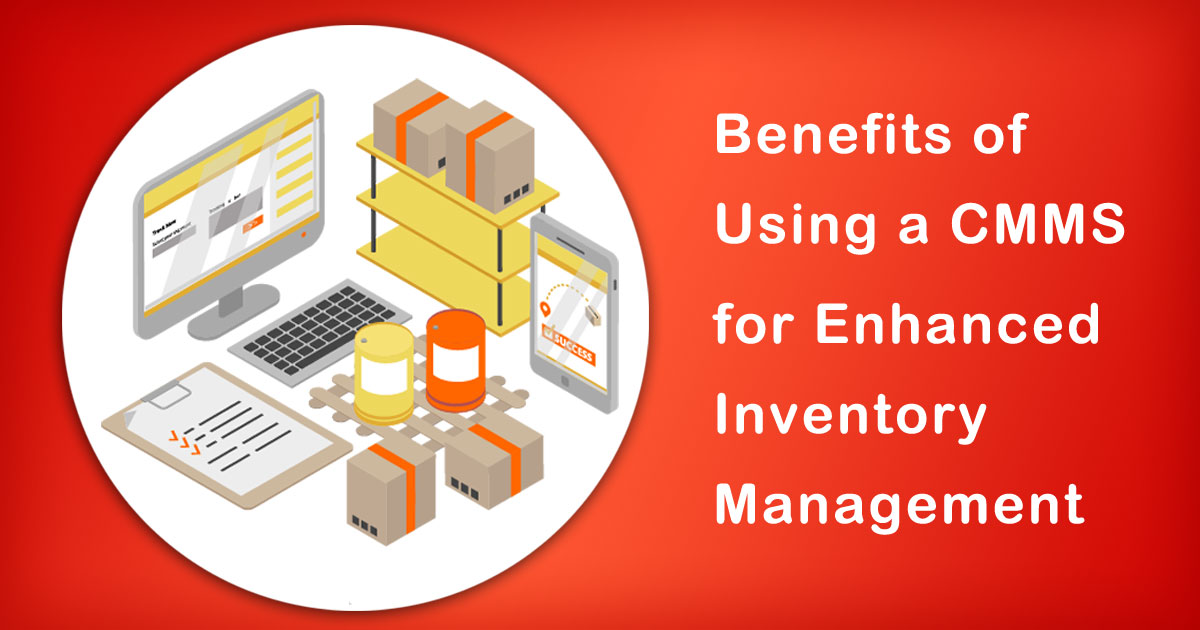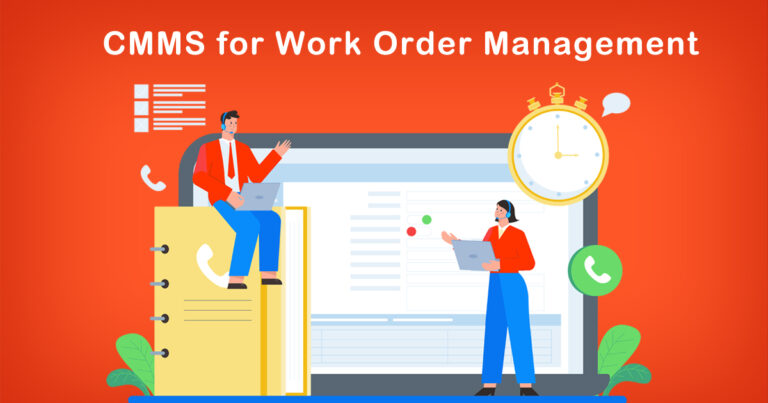Introduction
Efficient inventory management plays a crucial role in the success of any organization, regardless of its size or industry. In today’s fast-paced business environment, manual inventory management processes are no longer sufficient to meet the demands of the market. That’s where a Computerized Maintenance Management System (CMMS) comes into play. This powerful tool can revolutionize the way organizations handle their inventory, providing numerous benefits and driving operational excellence. In this article, we will explore the advantages of using a CMMS for enhanced inventory management in the Indian context.
Streamlined Inventory Tracking
One of the primary benefits of implementing a CMMS for inventory management is the ability to streamline the tracking process. With a CMMS in place, organizations can efficiently monitor the movement of inventory items, from procurement to consumption. Every transaction related to inventory, such as stock receipts, issues, transfers, and returns, can be recorded and tracked in real-time. This level of visibility ensures accurate and up-to-date inventory information, reducing the risk of stockouts or excess inventory. In the Indian context, where supply chain disruptions and fluctuations in demand are common, a CMMS can help organizations maintain optimal inventory levels and avoid costly inventory-related issues.
Improved Inventory Accuracy
Manual inventory management systems are prone to errors, such as data entry mistakes, misplaced items, or inaccurate stock counts. These errors can have a significant impact on overall operations, leading to production delays, customer dissatisfaction, and financial losses. By implementing a CMMS, organizations can enhance inventory accuracy and minimize such errors. The system automates various inventory-related tasks, such as barcode scanning, item tracking, and stock reconciliation, reducing human intervention and associated errors. With accurate and reliable inventory data, organizations can make informed decisions regarding stock replenishment, production planning, and demand forecasting.
Efficient Stock Replenishment
Maintaining optimal inventory levels is crucial to ensure uninterrupted production and customer satisfaction. However, determining the right reorder points and quantities can be a complex task, especially in dynamic markets. A CMMS can simplify this process by providing valuable insights into inventory consumption patterns, lead times, and demand fluctuations. Based on this data, the system can generate automatic reorder notifications, ensuring timely replenishment of stock. With an efficient stock replenishment mechanism in place, organizations in India can minimize the risk of stockouts, optimize working capital, and improve overall supply chain efficiency.
Effective Asset Management
Assets such as machinery, equipment, and tools are critical to efficient inventory management. A CMMS can integrate inventory management with asset management, allowing organizations to track assets’ lifecycle, maintenance schedules, and performance. By linking inventory items with their associated assets, organizations can gain valuable insights into asset utilization and maintenance requirements. This integration enables proactive maintenance planning, reducing downtime and ensuring the availability of necessary inventory items. In the Indian context, where industries like manufacturing and logistics heavily rely on assets, effective asset management through a CMMS can drive productivity and cost savings.
Enhanced Reporting and Analytics
Data-driven decision-making is the key to staying competitive in today’s business landscape. A CMMS offers robust reporting and analytics capabilities that enable organizations to derive actionable insights from their inventory data. By analyzing metrics such as stock turnover, carrying costs, and demand patterns, organizations can optimize inventory management strategies. The CMMS can generate customized reports and dashboards that provide a holistic view of inventory performance, allowing stakeholders to identify trends, bottlenecks, and opportunities for improvement. In the Indian market, where businesses face unique challenges and dynamic consumer preferences, leveraging data through a CMMS can lead to informed decision-making and better inventory outcomes.
Conclusion
In the Indian context, efficient inventory management is vital for organizations seeking to maximize operational efficiency, minimize costs, and enhance customer satisfaction. Implementing a CMMS can significantly improve inventory management processes, providing streamlined tracking, improved accuracy, efficient stock replenishment, effective asset management, and enhanced reporting capabilities. By leveraging the benefits of a CMMS, organizations can stay ahead in a competitive market, optimize inventory levels, and respond quickly to changing customer demands. It is time for Indian businesses to embrace technology and leverage the power of a CMMS for enhanced inventory management.








